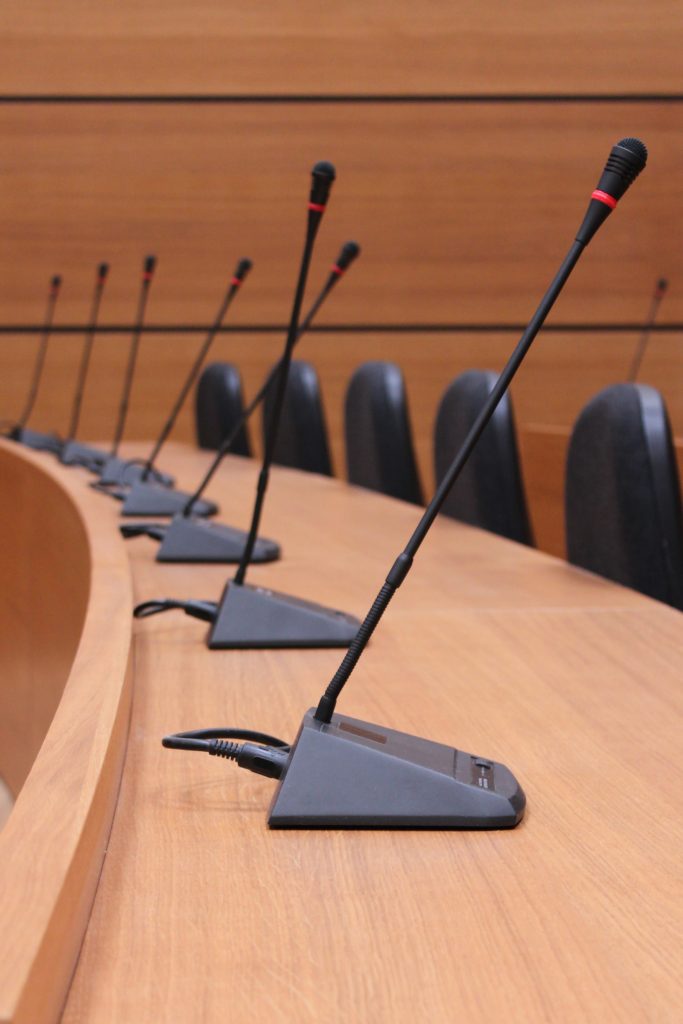
AB 361 Extends Local Agency Meeting Teleconferencing Options Past September 30th
Sep 20, 2021Governor Newsom signed Assembly Bill 361 (AB 361) on September 16, 2021, which amends the Ralph M. Brown Act to provide additional provisions that allow meetings of legislative bodies to be conducted via teleconference. AB 361 went into effect immediately upon the Governor’s signature.
AB 361 comes as the provisions of Executive Order No. N-29-20 (as revised by Executive Order No. N-08-21), which modifies the requirements for the conduct of meetings via teleconference during the COVID-19 pandemic, are set to expire on September 30, 2021. While the intent of Executive Order No. N-29-20 and AB 361 are both to facilitate public access to meetings via teleconferencing options, there are differences between the two. Governor Newsom also recently signed Executive Order N-15-21 suspending the provisions of AB 361 through September 30, 2021, except that any legislative body that meets to determine whether meeting in person would present imminent risks to the health or safety of attendees must comply with the requirements of AB 361. Legislative bodies may continue to meet under Executive Order N-29-20 until September 30th.
AB 361 will allow a local agency legislative body to hold a meeting utilizing teleconferencing without complying with the standard teleconferencing requirements if the Governor has proclaimed a State of Emergency and any of the following circumstances:
- State or local officials have imposed or recommended measures to promote social distancing.
- The meeting is being held for the purposes of determining, by majority vote, whether as a result of the emergency, meeting in person would present imminent risks to the health or safety of attendees.
- The legislative body has determined that as a result of the emergency, meeting in person would present imminent risks to the health or safety of attendees.
The Governor’s March 4, 2020 Proclamation of Emergency related to the COVID-19 pandemic is still in effect.
If a meeting is held via teleconference under AB 361, the following requirements apply:
- Notice of the meeting must still be given in compliance with the Brown Act, and the notice must include the means by which the public may access the meeting and provide public comment.
- The public must be provided access to the meeting via a call-in option or internet-based service option and allowed to “address the legislative body directly.” The agency does not have to provide an in-person option for the public to attend the meeting.
- The meeting must be conducted “in a manner that protects the statutory and constitutional rights of the parties and the public appearing before the legislative body.”
- If there is a disruption to the meeting broadcast or in the ability to take call-in or internet-based public comment, no further action can be taken on agenda items until the issue is resolved.
- The body cannot require comments to be submitted before the start of the meeting. The public must be allowed to make “real time” public comment.
- Reasonable time for public comment must be provided. If the agency provides a timed public comment period, the public comment period must be left open until the time expires.
Findings must be made every 30 days to continue to conduct teleconference meetings under AB 361. The body must find it has reconsidered the circumstances of the state of emergency and either 1) the emergency continues to impact the ability to meet safely in person, or 2) State or local officials continue to impose or recommend social distancing.
AB 361 makes similar amendments to the Bagley-Keene Open Meeting Act, applicable to State legislative bodies, and the Gloria Romero Open Meetings Act, applicable to student body organizations within the California State University system.


